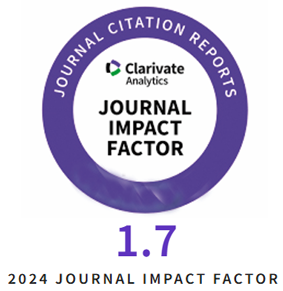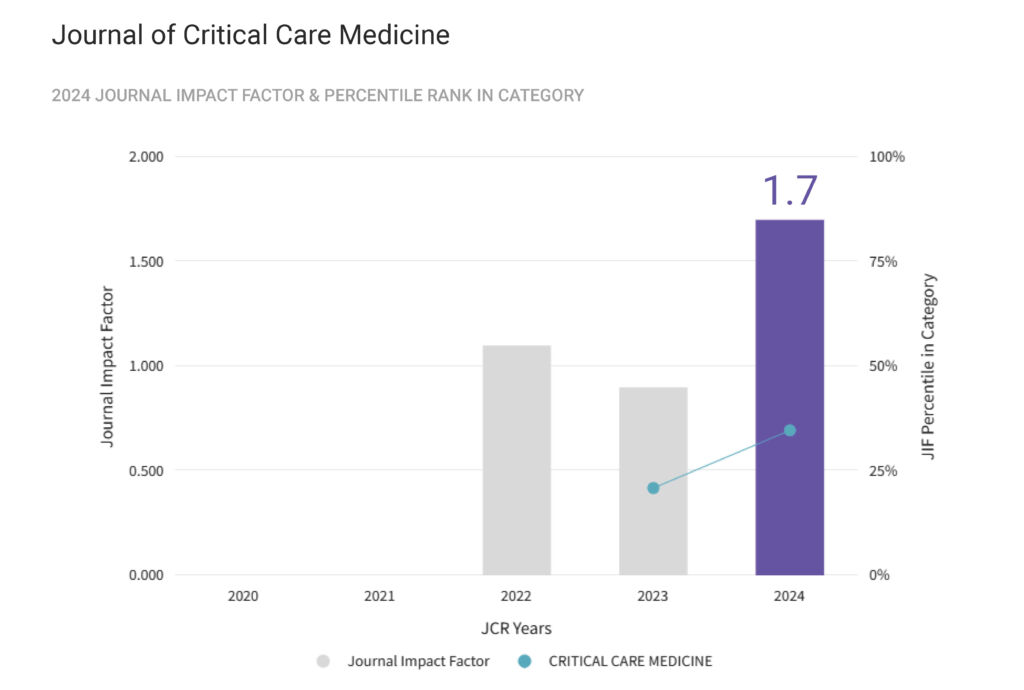Patient oxygenation significantly impacts clinical outcomes, and continuous monitoring is essential, especially in critical care settings where hypoxia is the leading cause of mortality. PFR (PaO2/FiO2 ratio or P/F ratio) is an invasive method for measuring oxygenation requiring arterial blood gas (ABG) sampling, however it carries complications making non-invasive methods more desirable. SFR (SpO2/FiO2 ratio or S/F ratio), a non-invasive tool based on pulse oximetry, provides a cost-effective and rapid way to monitor oxygenation status, especially in settings where advanced methods are unavailable. A total of 575 articles were screened from databases including Web of Science, Scopus, PubMed, and CINAHL, with 32 articles meeting the inclusion criteria for this scoping review wherein SFR was used as a surrogate for PFR and a diagnostic tool for acute lung injury and ARDS. A total of 81,637 patient records were analyzed, including ABG values, pulse oximetry readings, mechanical ventilator settings, and patient diagnoses. The study population included adults, pediatric patients, and neonates admitted to critical care units, with common diagnoses including acute hypoxemic respiratory failure, ARDS, and COVID-19. In the context of COVID-19, SFR was used to predict the need for mechanical ventilation, with a cut-off of 300 indicating a threshold for imminent ventilation requirement. The studies demonstrated statistically significant sensitivity and specificity for SFR, highlighting its utility as a non-invasive tool for assessing oxygenation status. SFR has shown potential as a reliable non-invasive surrogate for determining oxygenation status across all populations.
Tag Archives: oxygen
Effective Outcome of HBOT as an Adjuvant Therapy in Patients Diagnosed with COVID-19 in a Tertiary Care Hospital – A Preliminary Study
Introduction: Hyperbaricoxygen therapy (HBOT) is breathing100% oxygen in pressurised chamber. This therapy ensures quick oxygen delivery to the bloodstream. In patients with severe COVID-19 pneumonia, progressive hypoxemia occurs. Oxygen therapy hasa significant role in its management.
Aim of the study: The objective was to study the efficacy of hyperbaric oxygen therapy (HBOT) as adjuvant therapy for reducing the requirement of additional oxygen supplementationin patients with moderate to severe ARDS diagnosed with COVID-19.
Methods: A single-centre prospective pilot cohort study was conducted ata tertiary care hospital from December 2020 to February 2021 over two months. Fifty patients with COVID-19 needingoxygen, satisfying the selection criteria, were included. Hyperbaricoxygen therapy wasgiven to all patients. The patient received30-45 minutes of hyperbaric oxygen with 15 minutes of pressurizing and depressurizing at 2.0 atmosphere absolute (ATA) with or without airbrakesas per the critical care team. Oxygen requirement, PaO2, andcondition at discharge were considered as primary outcome variables.
Results: Among the 50 participants studied, the mean age was 53.64±13.26 years. Out of 50 participants, 49(98.00%) had PaO2≤80 mmHg, and one (2.00%) had >80 PaO2. All the participants 50(100%) had PaO2 as 90 mmHg after three sittings.
Conclusion: This studyshows promising results in using HBOT to overcome respiratory failure in COVID-19. HBOT reduced the need for oxygen by improving the oxygen saturation levels.










